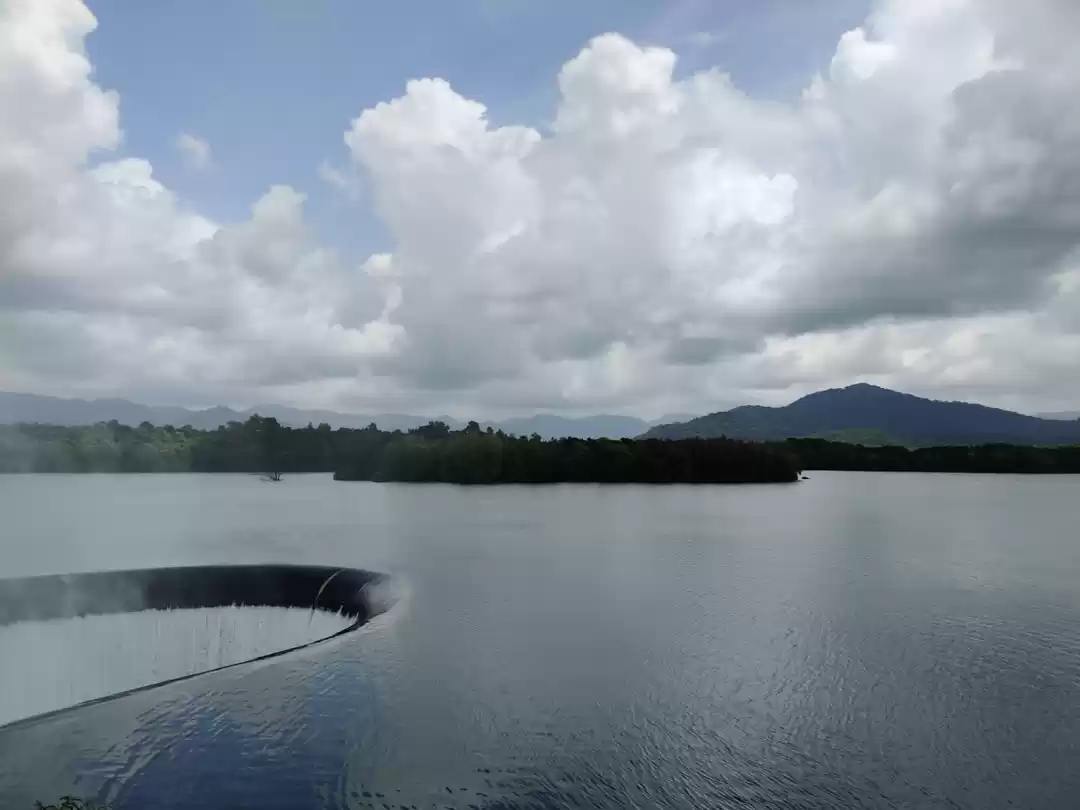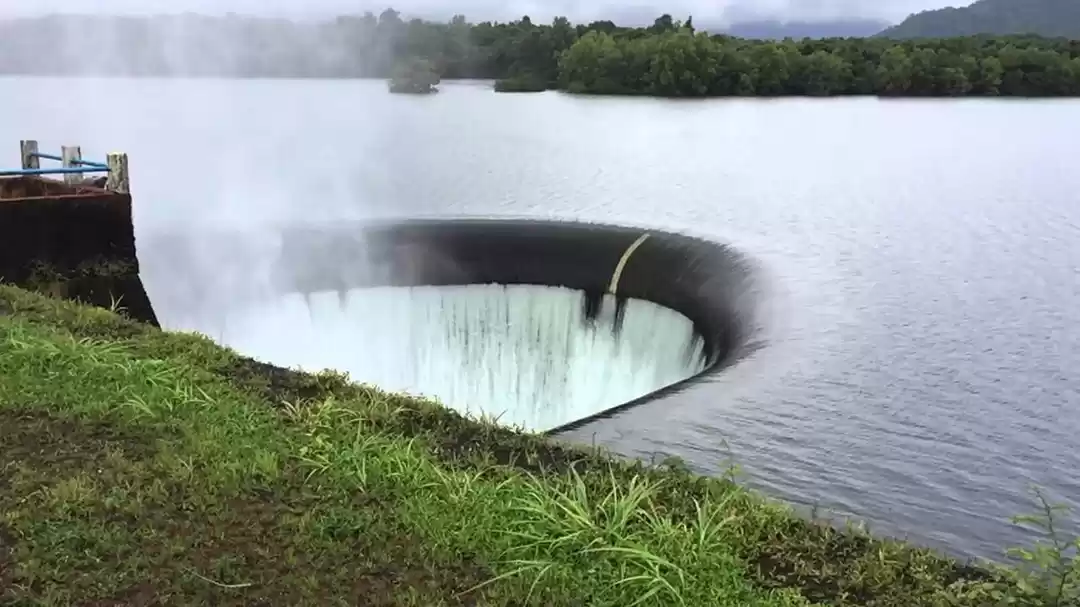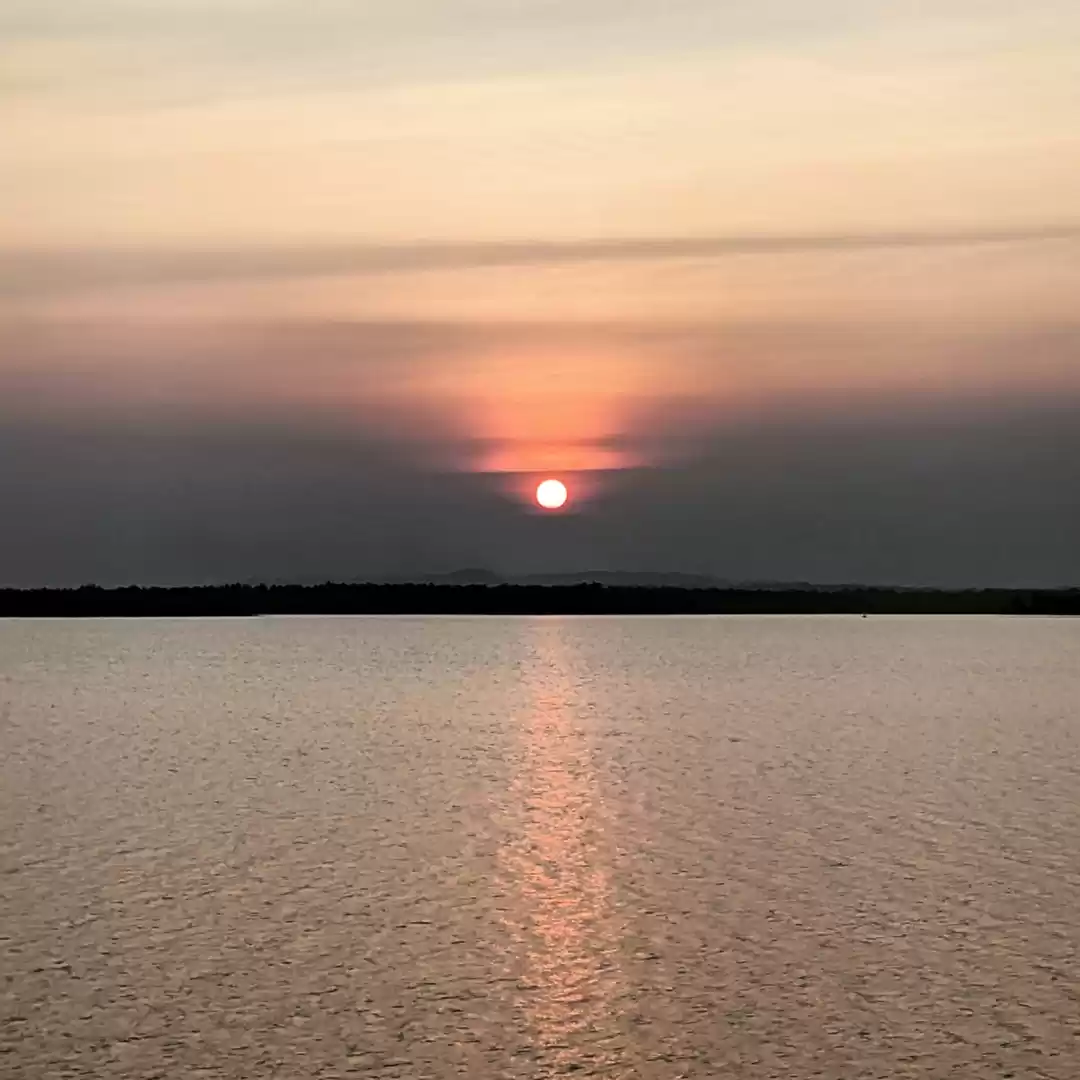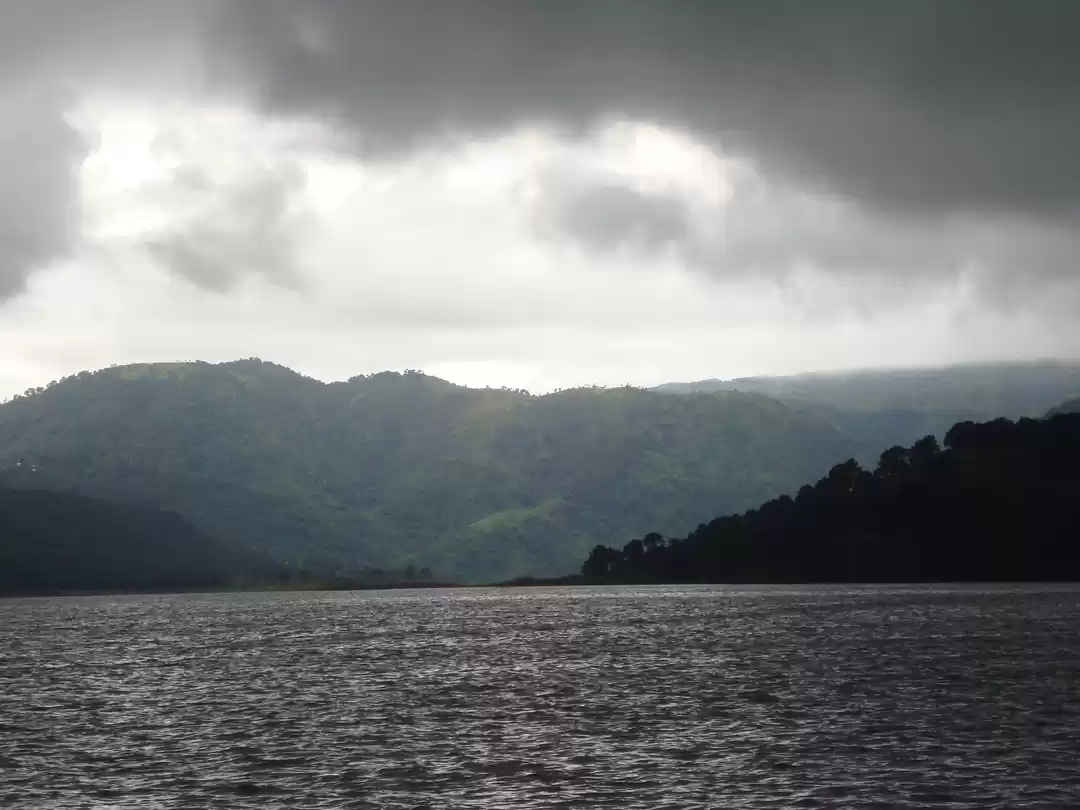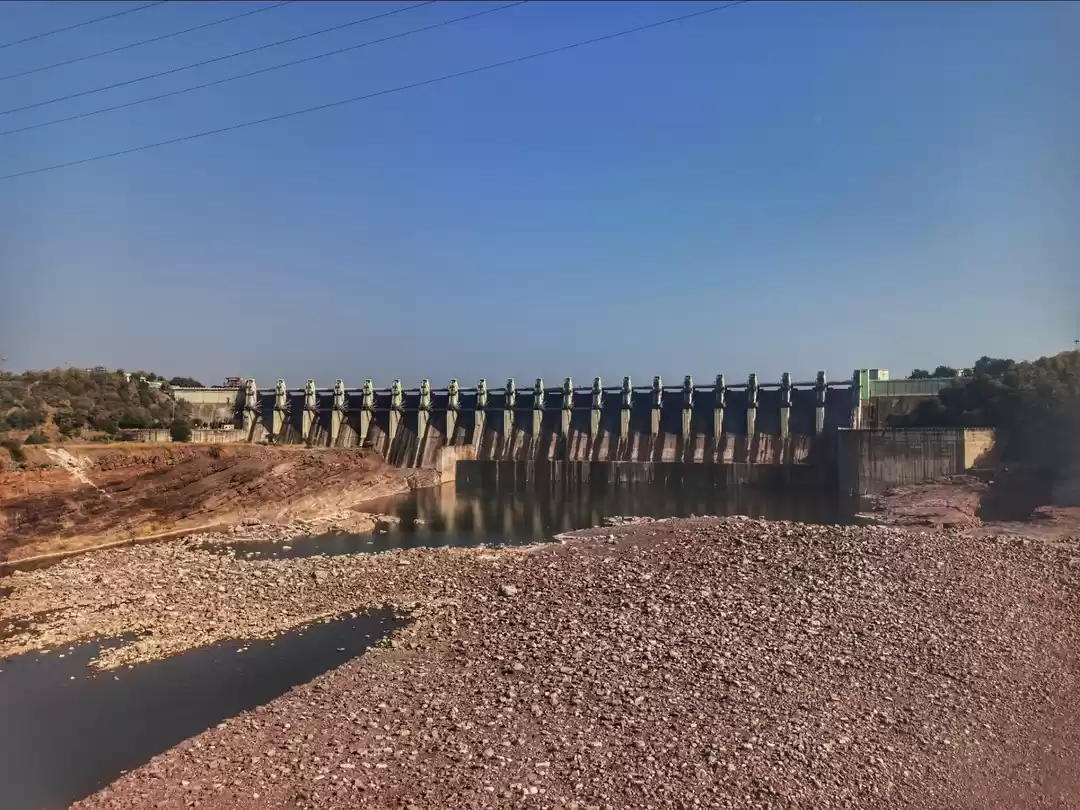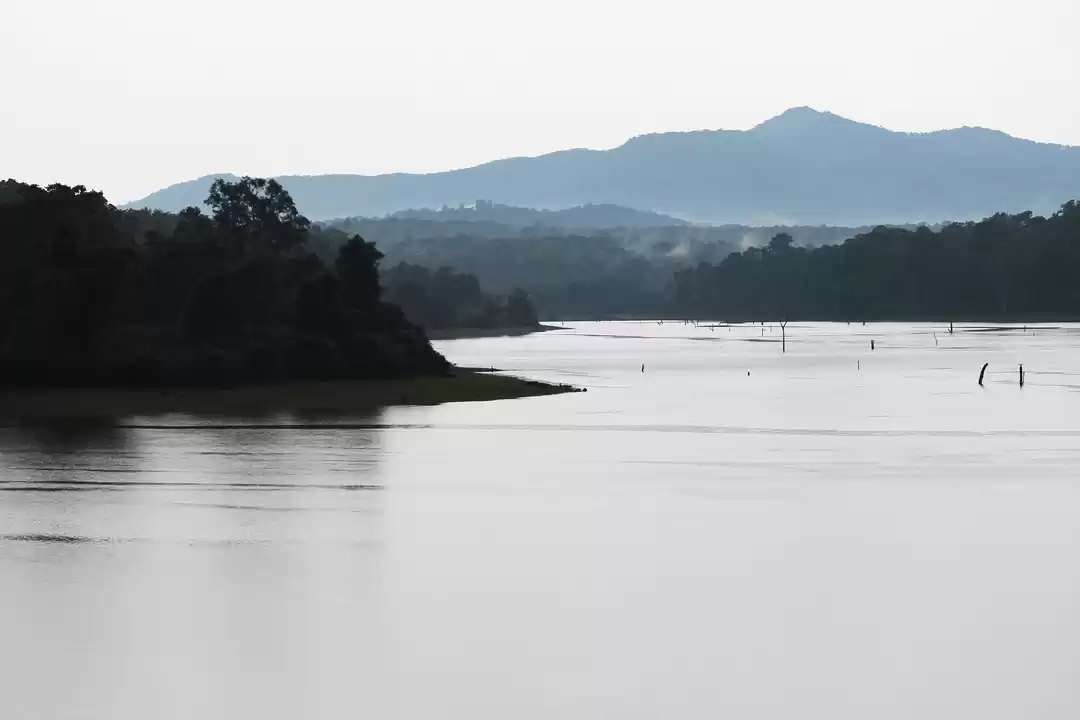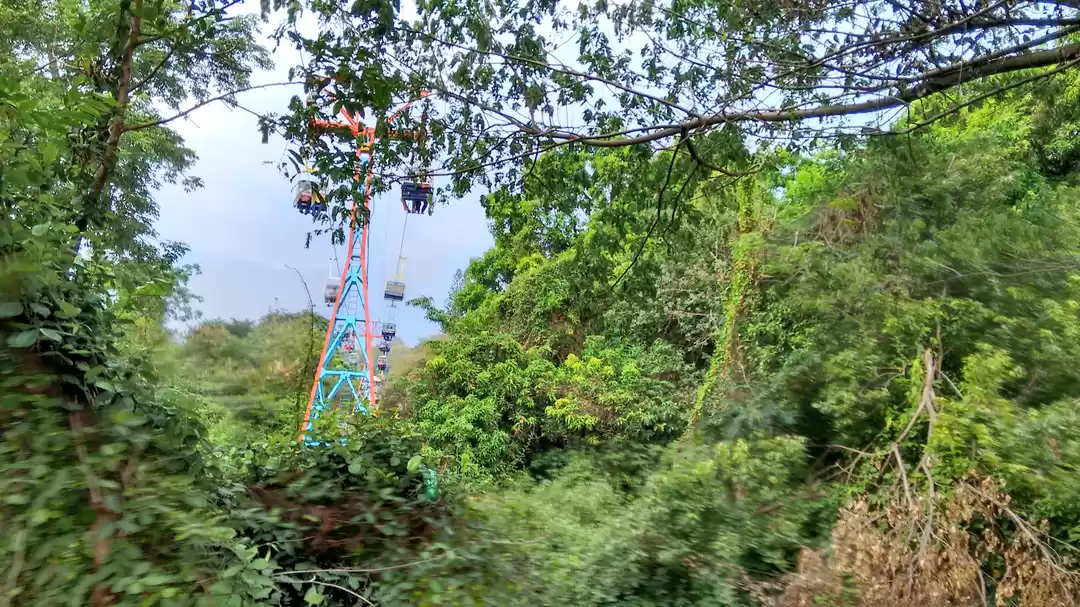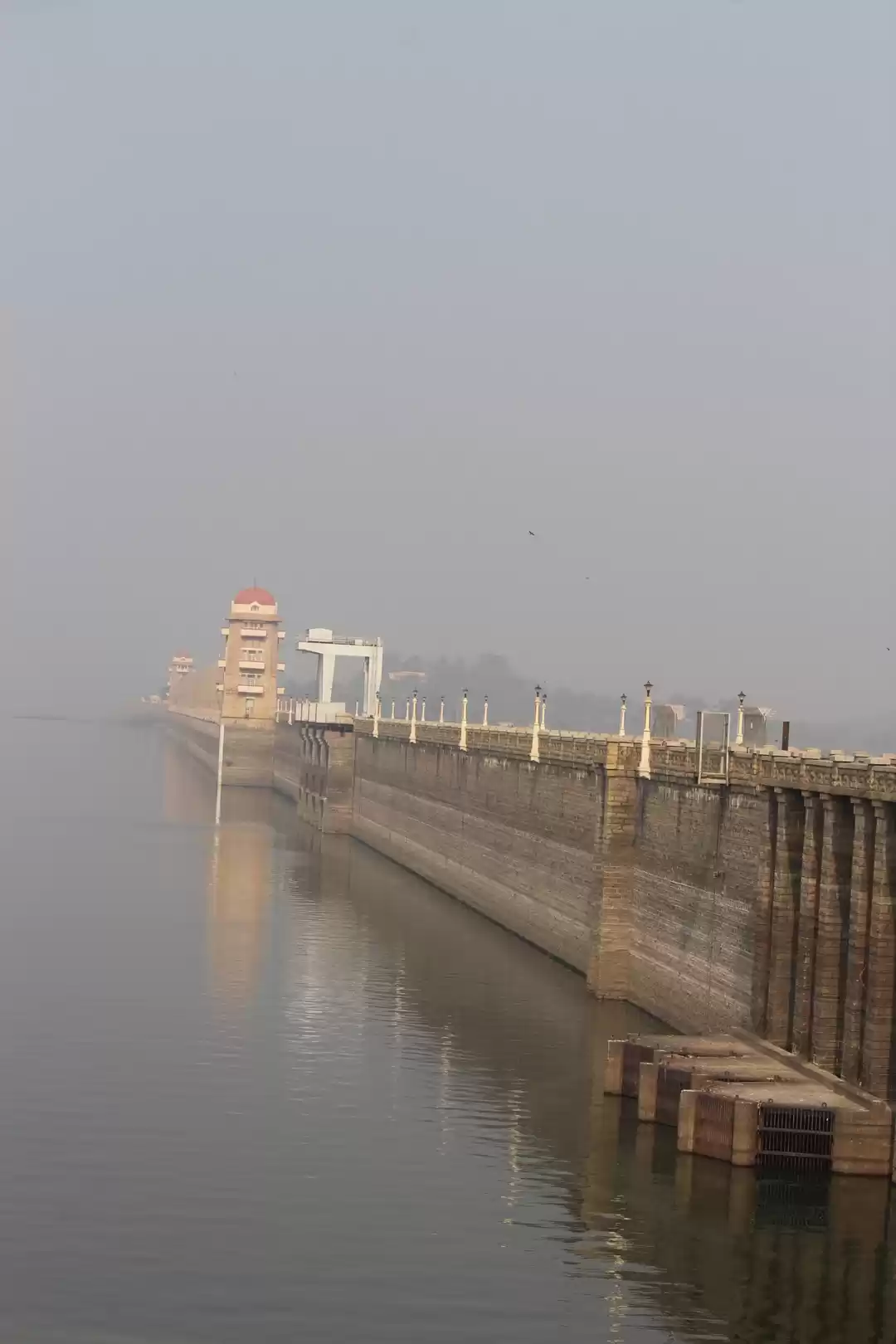Are you looking for a unique and memorable experience in Tamil Nadu? Do you want to witness the engineering marvel of one of the largest and oldest dams in India? Do you want to enjoy the natural beauty and cultural heritage of the Tiruvannamalai district? If yes, then you should definitely visit the Sathanur Dam, a stunning tourist attraction that offers something for everyone.
History and Construction of the Dam
Sathanur Dam was built in 1958 across the Thenpennai River, also known as the Pennaiyar River, in the Thandarampet taluk of Tiruvannamalai district. The dam was constructed to provide irrigation and drinking water to the surrounding areas, as well as to generate hydroelectric power. The dam is also known as the Sathanur Reservoir Project, as it consists of a main dam, a saddle dam, a spillway, and a network of canals and distributaries.
The main dam is a gravity dam, which means it relies on its own weight to resist the water pressure. The dam is 329 meters long and 36 meters high, and has a storage capacity of 7.3 TMC (thousand million cubic feet). The saddle dam is a smaller dam that is built to close a low point on the reservoir rim. The saddle dam is 59 meters long and 12 meters high, and has a storage capacity of 0.5 TMC. The spillway is a structure that allows excess water to flow out of the reservoir, preventing it from overflowing. The spillway has 18 radial gates, each measuring 12.2 meters by 6.1 meters, and can discharge up to 5663 cubic meters of water per second.
The construction of the dam was a challenging and remarkable feat, as it involved the use of advanced techniques and materials, such as prestressed concrete and rockfill. Prestressed concrete is a type of concrete that is reinforced with steel wires or rods that are tensioned before the concrete sets, giving it more strength and durability. Rockfill is a type of fill material that consists of large rocks or boulders that are compacted together, forming a stable and permeable structure. The dam was designed by the eminent engineer Dr. K.L. Rao, who was also the Minister of Irrigation and Power at that time. The dam was inaugurated by the then Prime Minister of India, Pandit Jawaharlal Nehru, on October 14, 1958.
Attractions and Activities at the Dam
Sathanur Dam is not only a functional and impressive structure, but also a popular tourist destination that offers a variety of attractions and activities for visitors of all ages and interests. Some of the main attractions at the dam are:

Crocodile farm:
This is one of the largest crocodile farms in India, established in 1977 by the Tamil Nadu Forest Department. The farm houses over 200 crocodiles of different species, such as mugger, gharial, and saltwater crocodile. The farm also has a museum that displays the skeletons, skins, and eggs of crocodiles, as well as information on their biology and conservation. The farm is open from 9 am to 5 pm, and the entry fee is Rs. 5 per person.
Fish grotto:
This is a unique attraction that allows visitors to see and feed the fish in the reservoir. The fish grotto is a circular structure that is built on a platform in the middle of the water, and has a glass wall that gives a clear view of the fish. Visitors can buy fish food from the nearby stalls and throw it into the water, attracting hundreds of fish of different colors and sizes. The fish grotto is open from 9 am to 5 pm, and the entry fee is Rs. 10 per person.
Parks and gardens:
The dam has several parks and gardens that are well-maintained and landscaped, providing a serene and refreshing environment for visitors. The parks and gardens have various features, such as fountains, statues, benches, swings, slides, and gazebos. The parks and gardens are ideal for relaxing, picnicking, and enjoying the scenic views of the dam and the hills. The parks and gardens are open from 9 am to 5 pm, and the entry fee is Rs. 10 per person.
Statues and monuments:
The dam has several statues and monuments that commemorate the history and culture of the region. Some of the notable statues and monuments are:
Statue of Dr. K.L. Rao: This is a bronze statue of the engineer and minister who designed and built the dam, located near the main entrance of the dam. The statue was unveiled by the then Chief Minister of Tamil Nadu, M. Karunanidhi, on October 14, 1978, the 20th anniversary of the dam’s inauguration.
Statue of Thiruvalluvar: This is a granite statue of the famous Tamil poet and philosopher, who is regarded as the author of the Thirukkural, a classic work of Tamil literature. The statue is located on a small island in the reservoir, and is 12 feet tall. The statue was installed by the Tamil Nadu Tourism Development Corporation in 1993, as part of the Thiruvalluvar Year celebrations.
Monument of Pandit Jawaharlal Nehru: This is a stone monument that marks the spot where the first Prime Minister of India inaugurated the dam in 1958. The monument has a plaque that bears the inscription of Nehru’s speech on that occasion, in which he praised the dam as a symbol of progress and cooperation.
Some of the main activities at the dam are:
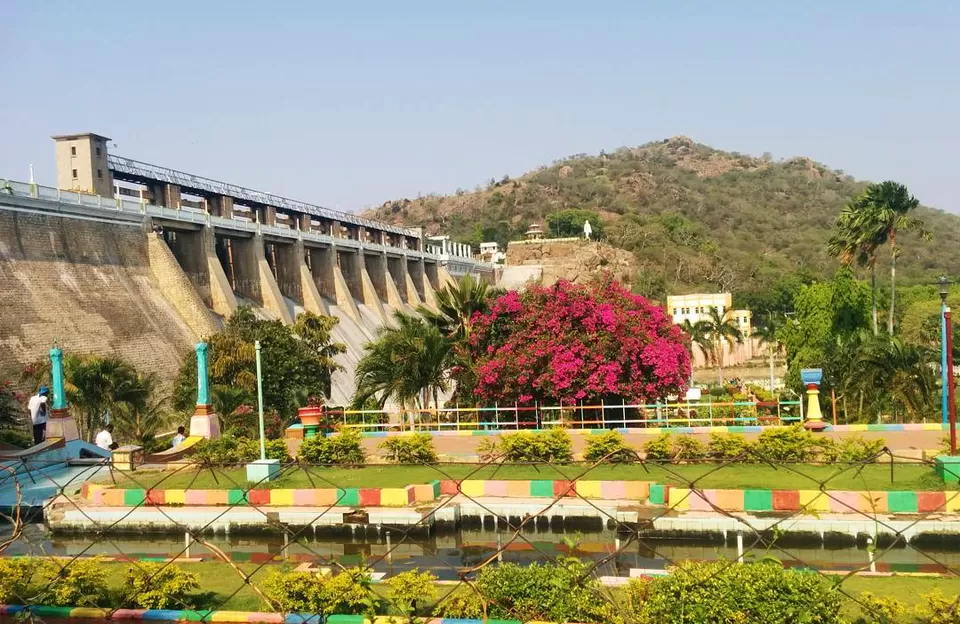
Boating:
This is one of the most popular and enjoyable activities at the dam, as it allows visitors to explore the vast and beautiful reservoir, and admire the views of the dam and the hills. The dam has a boating facility that offers different types of boats, such as pedal boats, row boats, and motor boats. The boating facility is open from 9 am to 5 pm, and the charges vary depending on the type and duration of the boat.
Fishing:
This is another fun and relaxing activity at the dam, as it gives visitors a chance to catch some of the fish that inhabit the reservoir, such as catfish, carp, and tilapia. The dam has a fishing facility that provides fishing rods, hooks, baits, and nets for rent. The fishing facility is open from 9 am to 5 pm, and the charges depend on the weight and type of the fish caught.
Picnicking:
This is a great activity for families and groups, as it allows visitors to enjoy the pleasant weather and the greenery of the dam. The dam has several picnic spots that have tables, chairs, and shelters, as well as facilities for cooking and washing. The picnic spots are open from 9 am to 5 pm, and the charges vary depending on the size and location of the spot.
Photography:
This is a must-do activity for anyone who visits the dam, as it offers many opportunities to capture the stunning and diverse scenery of the dam. The dam has many photogenic spots, such as the crocodile farm, the fish grotto, the parks and gardens, the statues and monuments, and the boating and fishing areas. The dam also has a beautiful backdrop of the Chennakesava Hills, which are part of the Eastern Ghats mountain range.
How to Reach and Plan Your Trip to the Dam
Sathanur Dam is located about 30 km from the town of Tiruvannamalai, which is the headquarters of the Tiruvannamalai district. Tiruvannamalai is well-connected by road, rail, and air to the major cities of Tamil Nadu and India. Some of the ways to reach and plan your trip to the dam are:
By air:
The nearest airport to Tiruvannamalai is the Chennai International Airport, which is about 185 km away. The airport has flights to and from various domestic and international destinations, such as Delhi, Mumbai, Bangalore, Hyderabad, Kolkata, Singapore, Dubai, and London. From the airport, you can take a taxi, bus, or train to Tiruvannamalai, and then another taxi, bus, or auto-rickshaw to the dam.
By train:
The nearest railway station to Tiruvannamalai is the Tiruvannamalai Railway Station, which is about 2 km from the town center. The station has trains to and from various cities and towns of Tamil Nadu and India, such as Chennai, Coimbatore, Madurai, Salem, Pondicherry, Bangalore, and Mysore. From the station, you can take a taxi, bus, or auto-rickshaw to the dam.
By road:
Tiruvannamalai is well-connected by road to the rest of Tamil Nadu and India, as it lies on the National Highway 77 and the State Highway 9. The town has regular buses and taxis to and from various cities and towns of Tamil Nadu and India, such as Chennai, Coimbatore, Madurai, Salem, Pondicherry, Bangalore, and Mysore. The dam is about 30 km from the town, and can be reached by taxi, bus, or auto-rickshaw.
The best time to visit the dam is between October and March, when the weather is pleasant and the reservoir is full. The dam is open from 9 am to 5 pm, and the entry fee is Rs. 10 per person. The dam also has a parking facility that charges Rs. 10 per vehicle.
Some of the tips and recommendations for visiting the dam are:
1. Carry a valid ID proof, as the dam is a restricted area and security is tight.
2. Wear comfortable clothes and shoes, as the dam area is large and requires walking.
3. Carry a hat, sunglasses, sunscreen, and water, as the sun can be harsh and the temperature can be high.
4. Carry a camera, binoculars, and a guidebook, as the dam offers many sights and sounds to capture and explore.
5. Do not litter, feed, or disturb the wildlife, as the dam is home to many animals and birds, such as crocodiles, fish, peacocks, parrots, and eagles.
6. Do not swim, dive, or fish in the reservoir, as it is prohibited and dangerous.
7. Follow the instructions and rules of the dam authorities and staff, as they are there for your safety and convenience.
Sathanur Dam is a must-visit destination for anyone who loves nature, history, and engineering. The dam is a testament to the vision and skill of the people who built it, and a source of pride and joy for the people who benefit from it. The dam is also a wonderful place to relax, have fun, and learn something new.
So, what are you waiting for? Plan your trip to Sathanur Dam today, and discover the beauty and charm of this engineering marvel and tourist attraction in Tamil Nadu.






